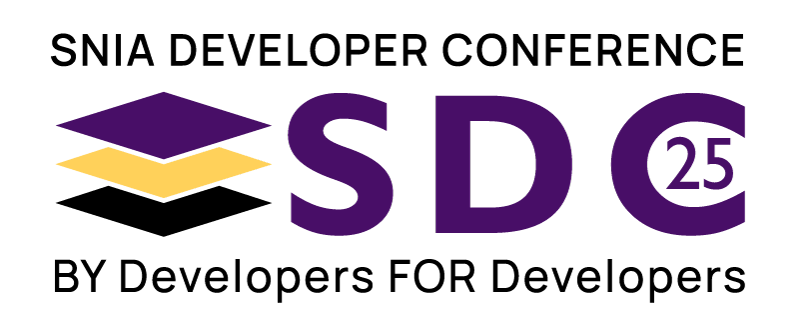A new class of cloud and datacenter infrastructure is emerging into the marketplace.
Hardware Accelerated ZFS using Computational Storage
Thu Sep 15 | 8:15am
Location:
Fremont A/B
---
Jason Lee
Los Alamos National Laboratory
Related Sessions











